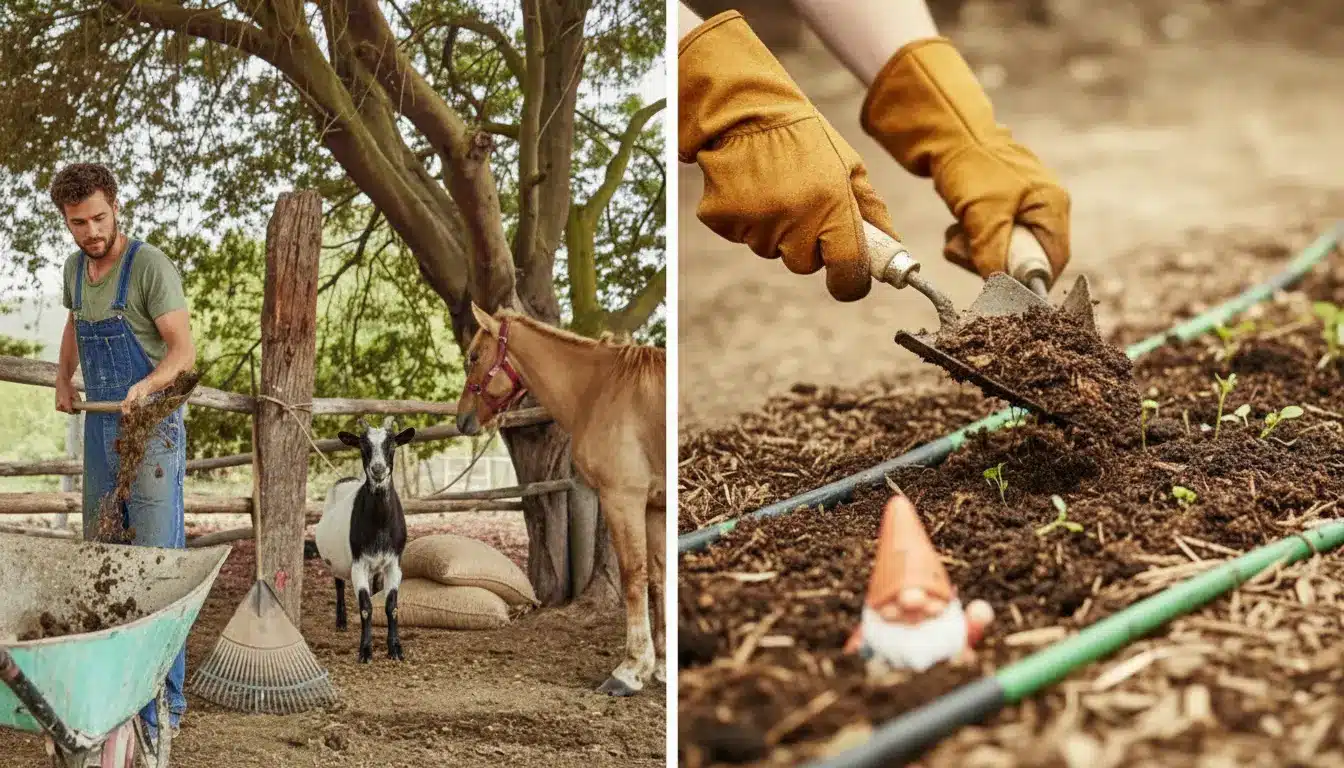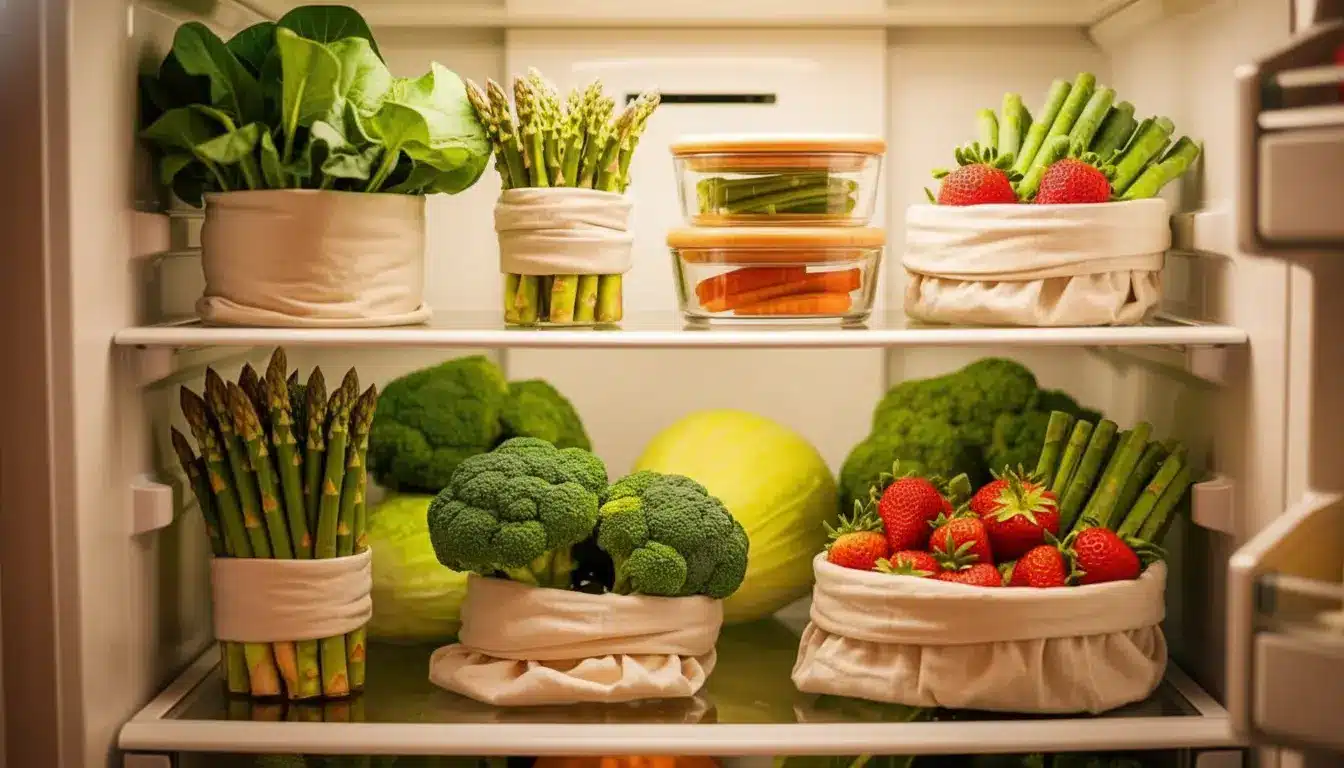Are you secretly guilty of major manure misdemeanors in the garden? Don’t worry, you’re in good company! While manure is a wonderful natural amendment that can work wonders on your soil and boost plant growth, it comes with its own set of pitfalls. If you want your crops to thrive (and your neighbors not to hold their noses), it’s time to sweep through the 15 biggest manure mistakes gardeners still make—and, more importantly, how to avoid them!
Manure vs. Fertilizer: Know Your Allies
- Many gardeners mix up manure and fertilizer, but these are not interchangeable.
- Fertilizer feeds the visible part of your plants. Manure, meanwhile, works its magic underground, improving soil quality.
- For the best results, use both together. It takes two to tango!
Application: It’s All About Timing, Depth, and Method
- Don’t bury manure too deep! Placing it too far below the surface leads to fermentation, which can release substances toxic to plant roots. Instead, spread it on the surface—a little fresh air never hurt anyone (or any plant).
- Spread an even layer about 6 cm thick. Not more, not less. This Goldilocks principle helps your crops get just what they need.
- The optimal time to apply manure is between October and March, during the winter months. As for composted manure, it can safely be added in the spring.
- If you’re growing onions, garlic, shallots, or carrots, avoid using fresh manure. These veggies prefer light, well-drained soils, so if needed, use decomposed compost instead.
- Bird droppings (rich in nitrogen) might seem like super-charged plant food, but they’re too aggressive and can damage your plants’ development. Steer clear of this type of manure for the sake of your seedlings!
- More manure does not mean better soil. Overdoing it can saturate the earth with organic matter, throwing off the balance of your crops. A wheelbarrow full is enough for 100 m²—don’t let enthusiasm turn fruitful soil into a manure swamp.
Composting Manure: Patience Is More Than a Virtue
- Composted manure is a gardener’s gold, increasing humus, enriching your land, and helping seedlings get a strong start. It also combats certain soil-borne diseases.
- Let manure decompose slowly before spreading it. Using manure that’s too fresh may burn your plants—nobody wants scorched cucumbers. Compost for several months before applying.
- Using decomposed manure? There’s no need for additional fertilizer. Well-aged manure supplies all the nutrients your plants crave.
- The source of your manure matters. If the animals that produced it were treated with medications or chemicals, those extras might sneak into your garden. Always choose manure from reliable, environmentally friendly sources.
Storing and Handling: A Little Care Goes a Long Way
- Give your manure some breathing room while it composts. Turn the pile with a fork every six weeks to ensure air circulates—your compost needs to feel the breeze!
- When storing manure, place it on pallets or in a ventilated container for at least six months. This encourages better decomposition and prevents moisture from pooling (because nobody likes soggy manure).
Wise Use for a Thriving Garden
Manure is a powerful, natural ally for gardening. But to truly benefit from its riches, it’s essential to respect a few key principles. Use the right type, apply it at the proper time, and always remember that too much of a good thing can quickly become a garden disaster. By steering clear of these 15 common mistakes, you are setting up your plants—quite literally—for down-to-earth success. Your soil will be rich and fertile, and your crops healthy and abundant. So, are you guilty? Not anymore!

John is a curious mind who loves to write about diverse topics. Passionate about sharing his thoughts and perspectives, he enjoys sparking conversations and encouraging discovery. For him, every subject is an invitation to discuss and learn.






